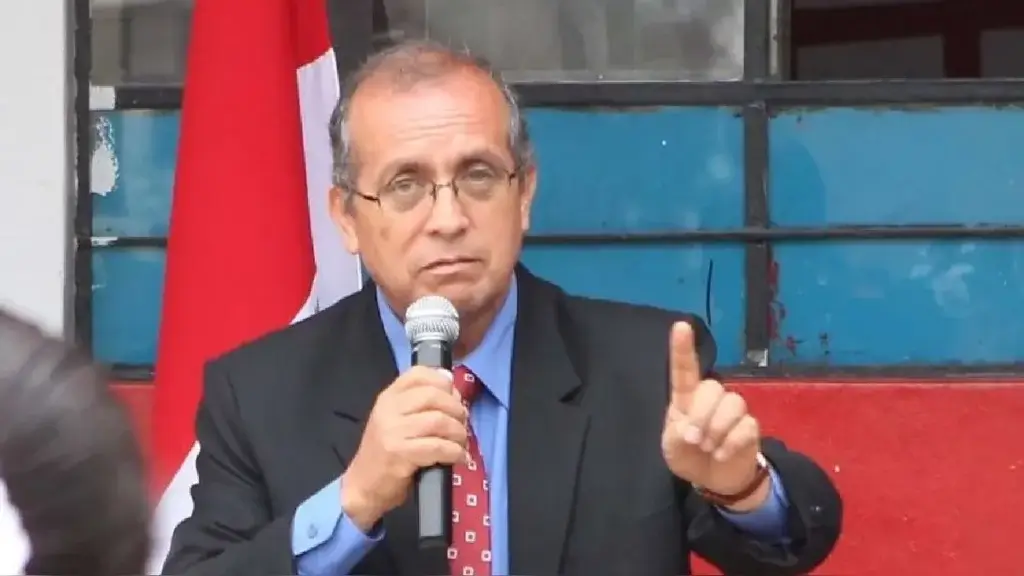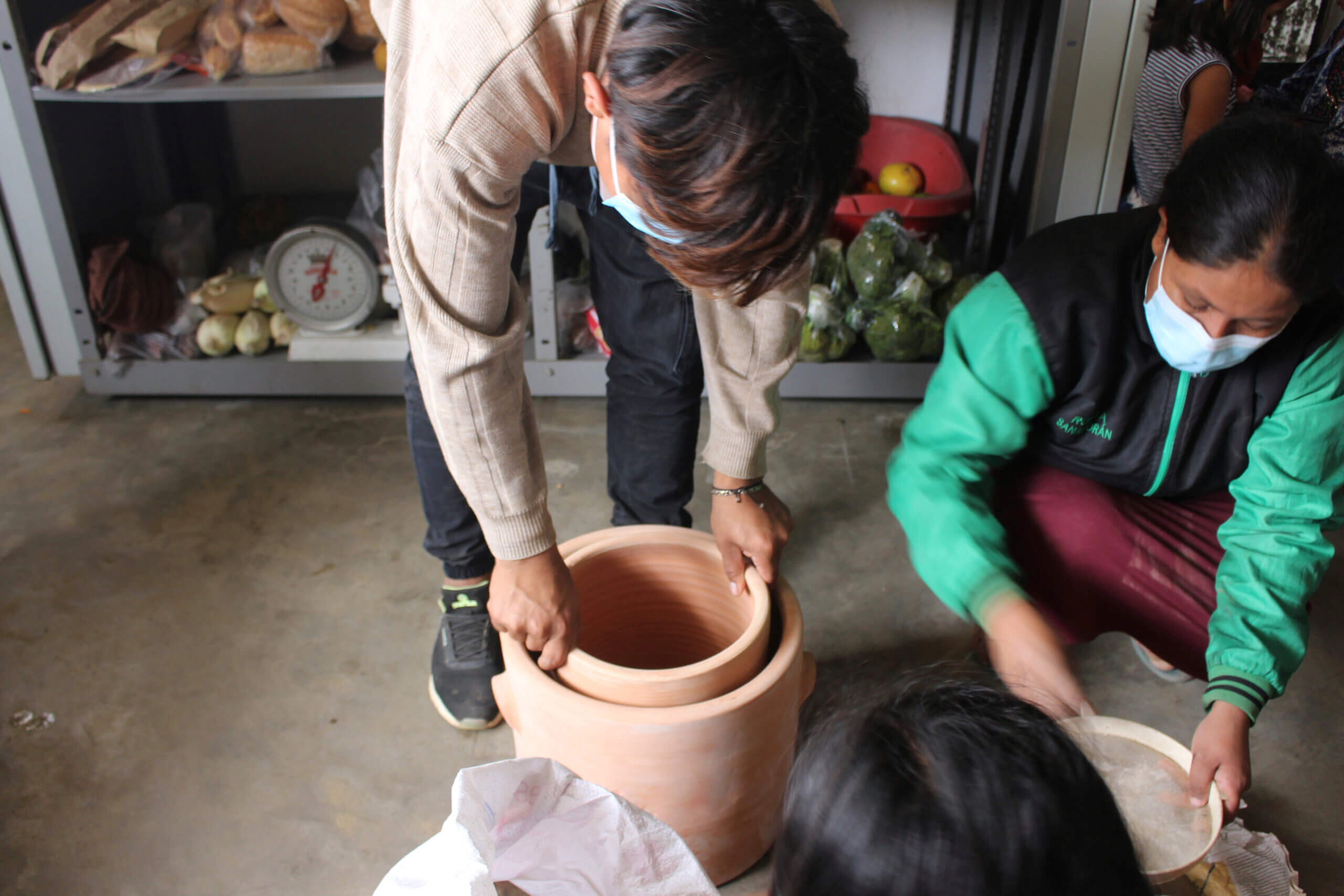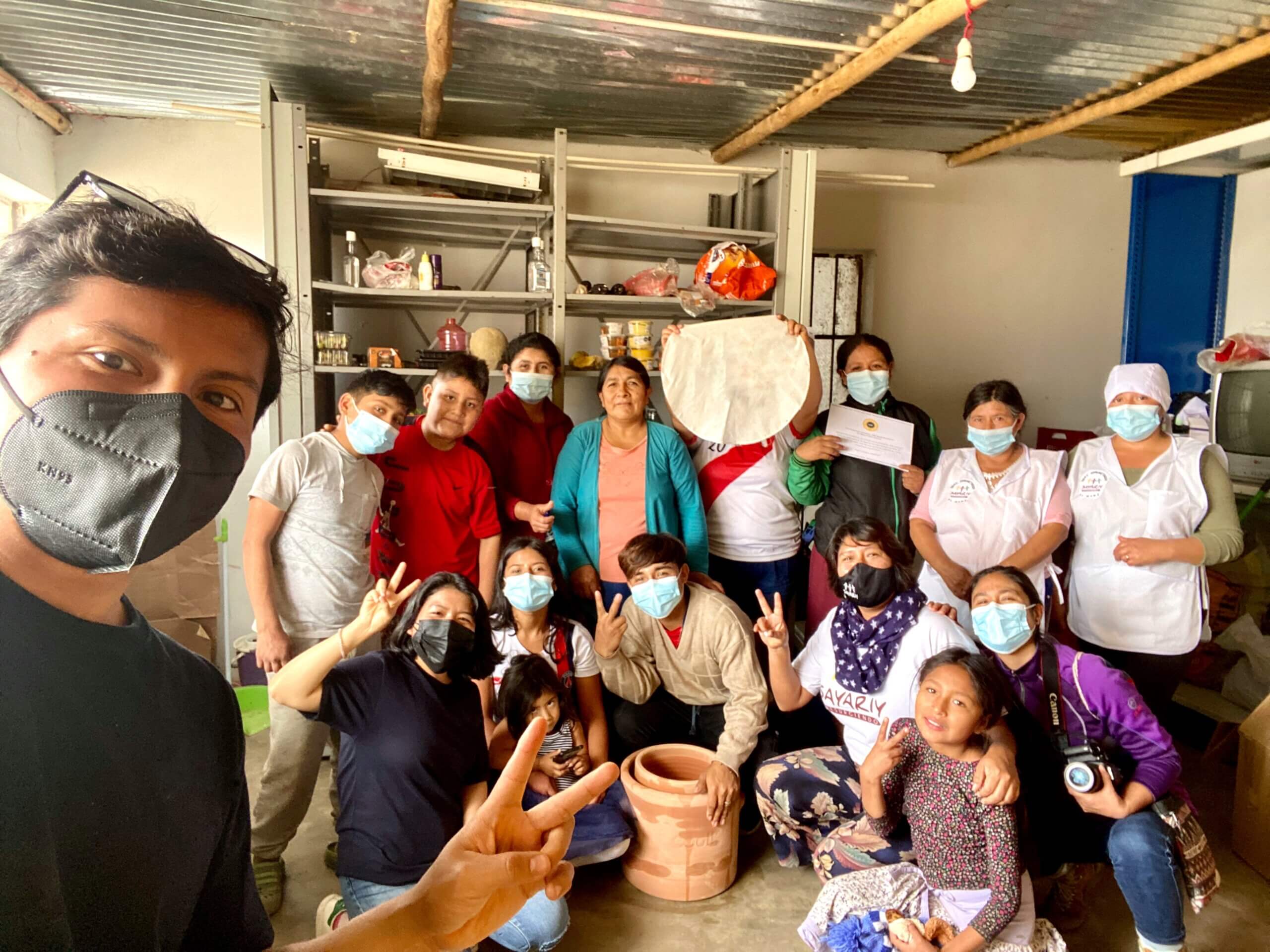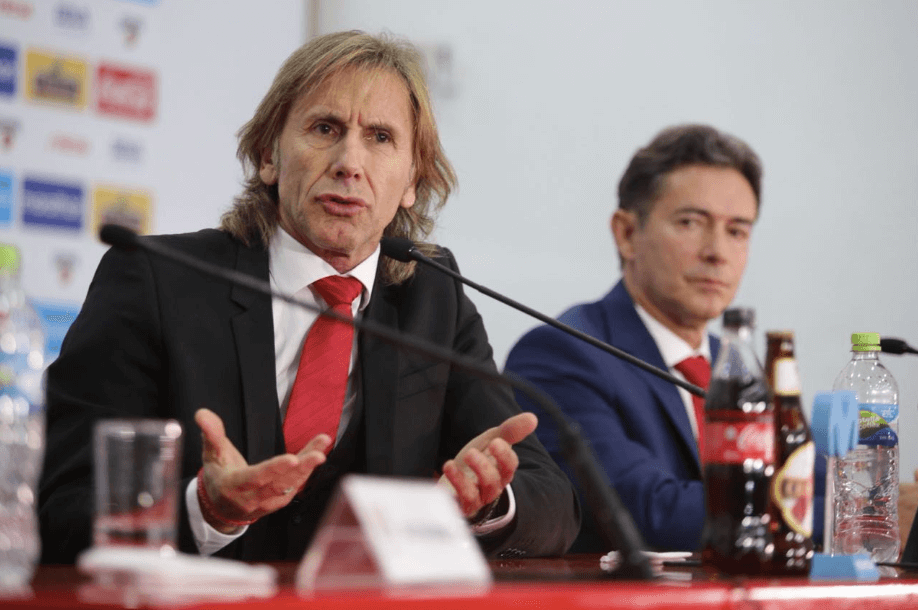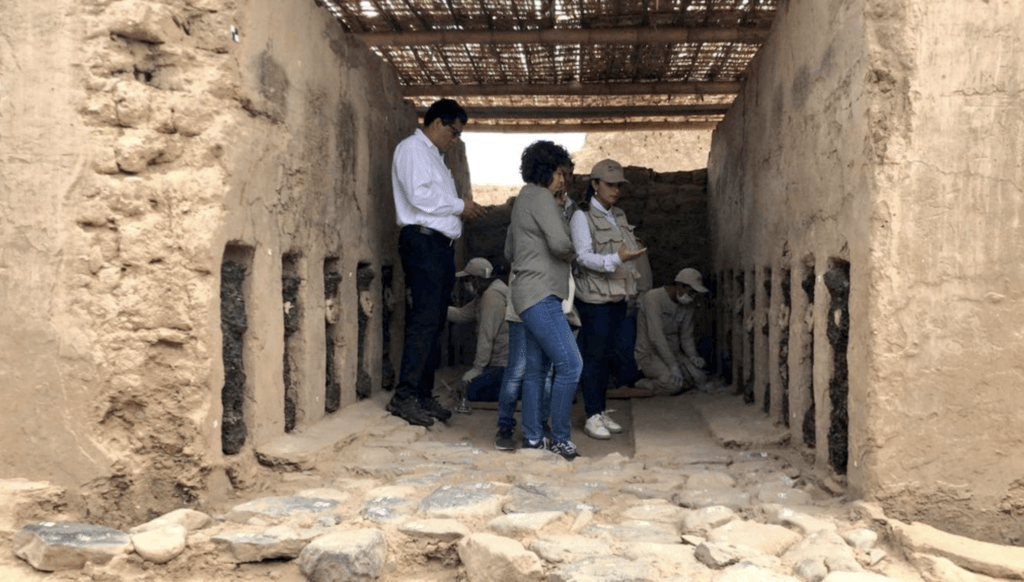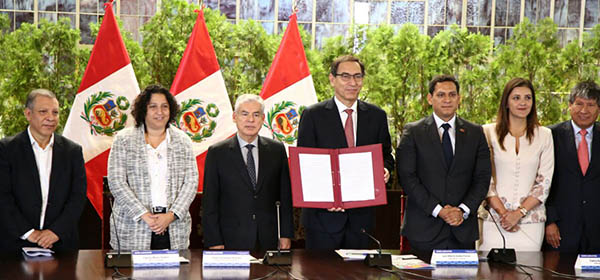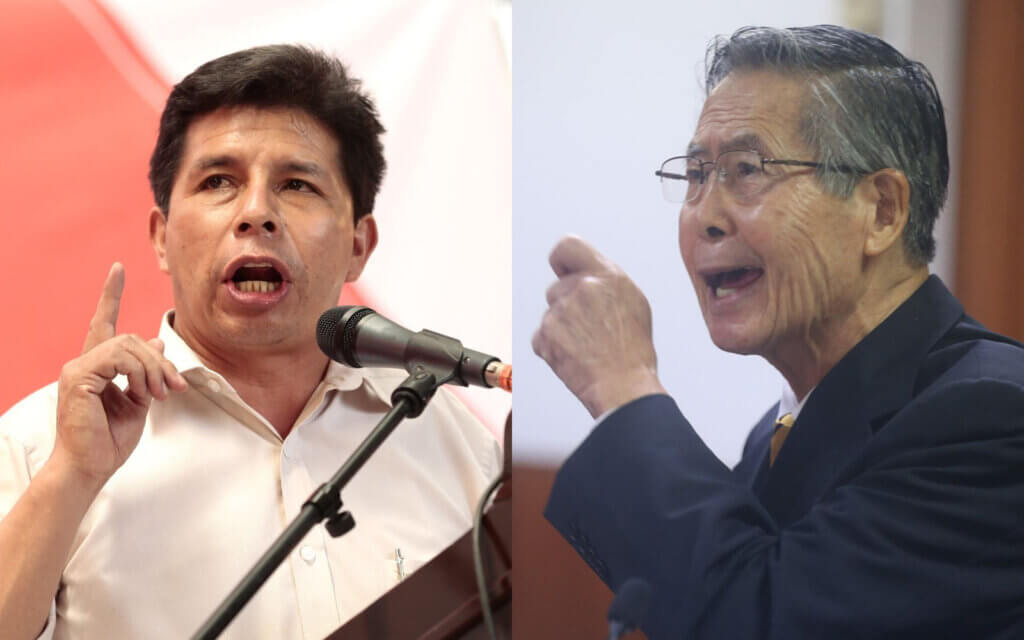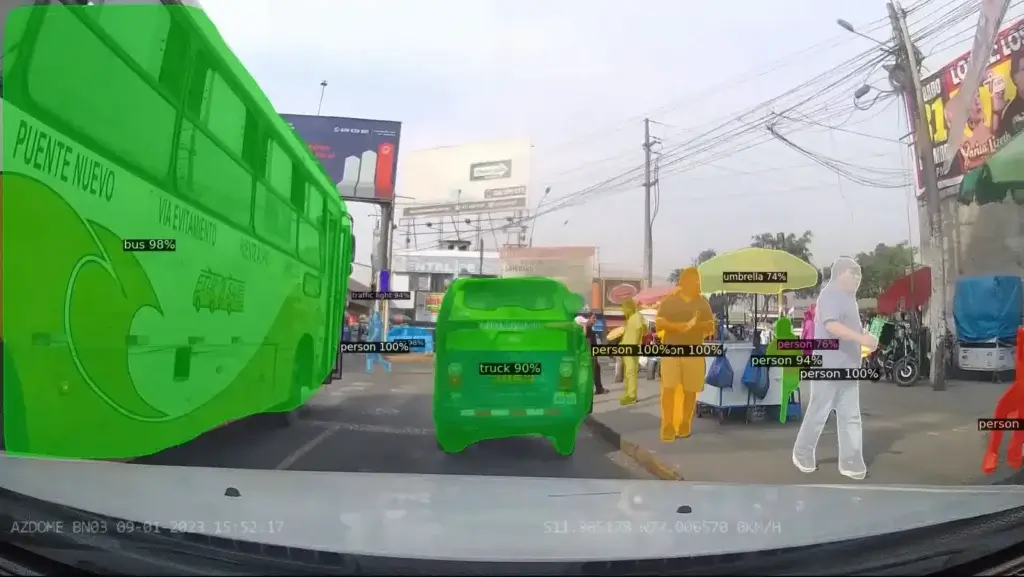In a country where nearly 40% of households do not own a refrigerator, Jorge Luis Siesquén Deza, a 28-year-old inventor and entrepreneur from Peru, is receiving international recognition for “Pukhi,” his low-cost, zero electricity refrigerator that he hopes will help the country’s most vulnerable preserve food and save money.
Siesquén, recently selected as one of the top Latin American innovators under 35-years-old by MIT Technology Review, told Peru Reports that Pukhi was born in 2020 as a response to the COVID-19 pandemic, in order to address Peru’s unequal access to fresh food.
“Eating fresh food in our daily lives is probably something we take for granted, but for a large number of Peruvian families who do not have a fridge at home, is a privilege,” Siesquén said in a phone interview.
In 2020, Siesquén observed the COVID situation deteriorating in Peru. According to a study published by the global market research agency Ipsos in 2021, Peru was the third worst Latin American country in terms of how it handled the pandemic, behind just Brazil and Venezuela.
One of the reasons for Peru’s inability to contain the spread of the virus, as Siesquén sees it, “was that people did not have a refrigerator at home and had to buy products daily.” He adds that the “problem has been around for a long time, but the pandemic made it visible.”
In Peru, according to the National Institute of Statistics and Informatics (INEI), in the first three months of 2022, only 58.2% of the country’s homes had a refrigerator.
“It’s painful not having a device to preserve food and being forced to buy food every day, which ultimately affects personal finances,” he said.
How does Pukhi work?
Pukhi, explained Siesquén, uses “an ancestral, accessible, and sustainable technology called evaporative cooling with just three simple materials: sand, water, and clay.”
Basically, a small container of water is placed inside a larger one, and the sand evaporates the water.
“First, what we do is place the sand in the larger container and then we put the sand around the smaller container. The water is placed in this last container and you must wait for it to evaporate,” he said.
“Pukhi can store up to six kilograms of food, especially fruits and vegetables, and keep it between five and 11 degrees below room temperature for at least two weeks,” he added.
Who benefits from Pukhi?
According to Siesquén, so far around 20 Peruvian families have benefited from his device.
Refrigerators have been installed in soup kitchens, “where the impact is greater because around 100 people are fed,” he explained.
To date more than 60 people have been trained by the Pukhi non-profit association through its online workshops. With this training, these people can build and implement the refrigerators in their homes or in soup kitchens.
“We give work to artisans and we spread ecological technology with low environmental impact,” Sisquén said.
The Pukhi refrigeration system is also available for purchase on its official website for about USD $65, about one third of the price of a lower-end electric refrigerator in Peru.
Siesquén told Peru Reports that he would like this low-cost technology to reach “more homes” and would like to see the percentage of people without a refrigerator decrease in Peru and Latin America.
“We seek to reduce inequality, so that all people have the same opportunities. We want to reduce the gap in access to food preservation,” he said.
“The refrigerator is a basic good that we should all have,” he stressed.
Siesquén also called on Peruvian companies to donate Pukhi refrigerators to families in need through “corporate social responsibility initiatives.”



